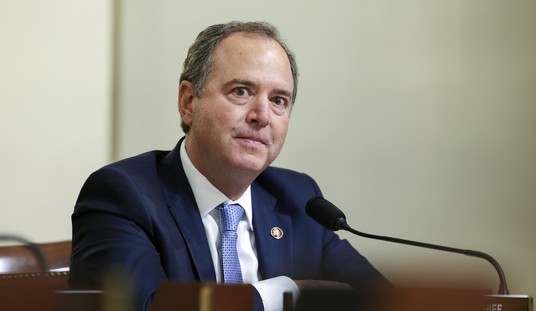President Donald Trump signed a historic executive order on June 24 that will require hospitals and insurers to disclose medical care prices. Once enacted, patients will for the first time in decades have an unfettered view of the ugly underbelly of the health care beast.
Those who oppose health care price transparency rely on several arguments. One is that the process of revealing prices will prove very costly and that providers will pass this supposed expense on to patients.
This argument is ridiculous. The expense, if any, of posting health care prices will be infinitesimal to providers and vastly surpassed by the benefits to be created by empowering patients with additional pricing information. Prices are readily available on nearly everything sold throughout our economy. From a 25-cent gum ball to a $40,000 SUV, prices are almost always out front, posted, and prominent in U.S. markets. Only in medical care are prices obscured until long after the service is provided, leaving the patient with almost no negotiating power to get a fair price on these “gotcha” bills.
Opponents of transparency have further argued that revealing the discounted rates that insurers negotiate will make them less likely to negotiate discounts in the future. The reverse is true. If insurers and providers negotiate discounts now, under cover of darkness, how much greater will their incentive be to do right by customers when customers are watching?
The fact is discounts are prevalent in all parts of the U.S. economy, especially in markets where prices are easily determined. The revelation of medical care prices won’t make the price of medical goods or services more expensive.
Recommended
Further, discounts are often available to some and not others. Shopping websites commonly reveal that if you buy 100 units of your favorite widget it will cost less than if you buy just one, or if you have a CVS card, you will get a special discount not available to those who do not. The revelation of these discounts has not made them less common. Instead, businesses frequently compete with one another to offer the best discounts possible.
The arguments made by those who oppose transparency come down to one unsupportable thesis: Price transparency, one way or another, will cause prices to increase. This is akin to saying the best way to get a good price on a new Sony TV is to have no idea what it costs. If someone said that to you, you would rightly reject any future advice from that individual.
Perhaps most convincingly, we know the arguments made by price transparency opponents are false because for decades the medical system has been operating under such a model, and prices have continued to skyrocket.
The only parts of our current health care system that are working efficiently are the few bastions in which there are transparent pricing and free-market forces, such as direct primary care practices, where patients contract directly with providers for a set monthly fee, cutting out health insurance middlemen.
Health care prices could be reduced dramatically, but that’s only possible if consumers actually know what prices are. A recent report by the Council of Economic Advisors revealed 73–90 percent of medical services are “shoppable,” but how can patients “shop” with a blindfold on?
The Trump administration’s new executive order is pivotal because for the first time in decades, the health care price blindfold will come off the American health care consumer. Once prices are revealed, opponents of price transparency will not be able to put that genie back in the bottle. Or, to paraphrase my friend Dr. Keith Smith, founder of the famously price-transparent Surgery Center of Oklahoma: Once the scales are removed from Americans’ eyes, they will not be able to un-see what has long been hidden from them.

























Join the conversation as a VIP Member